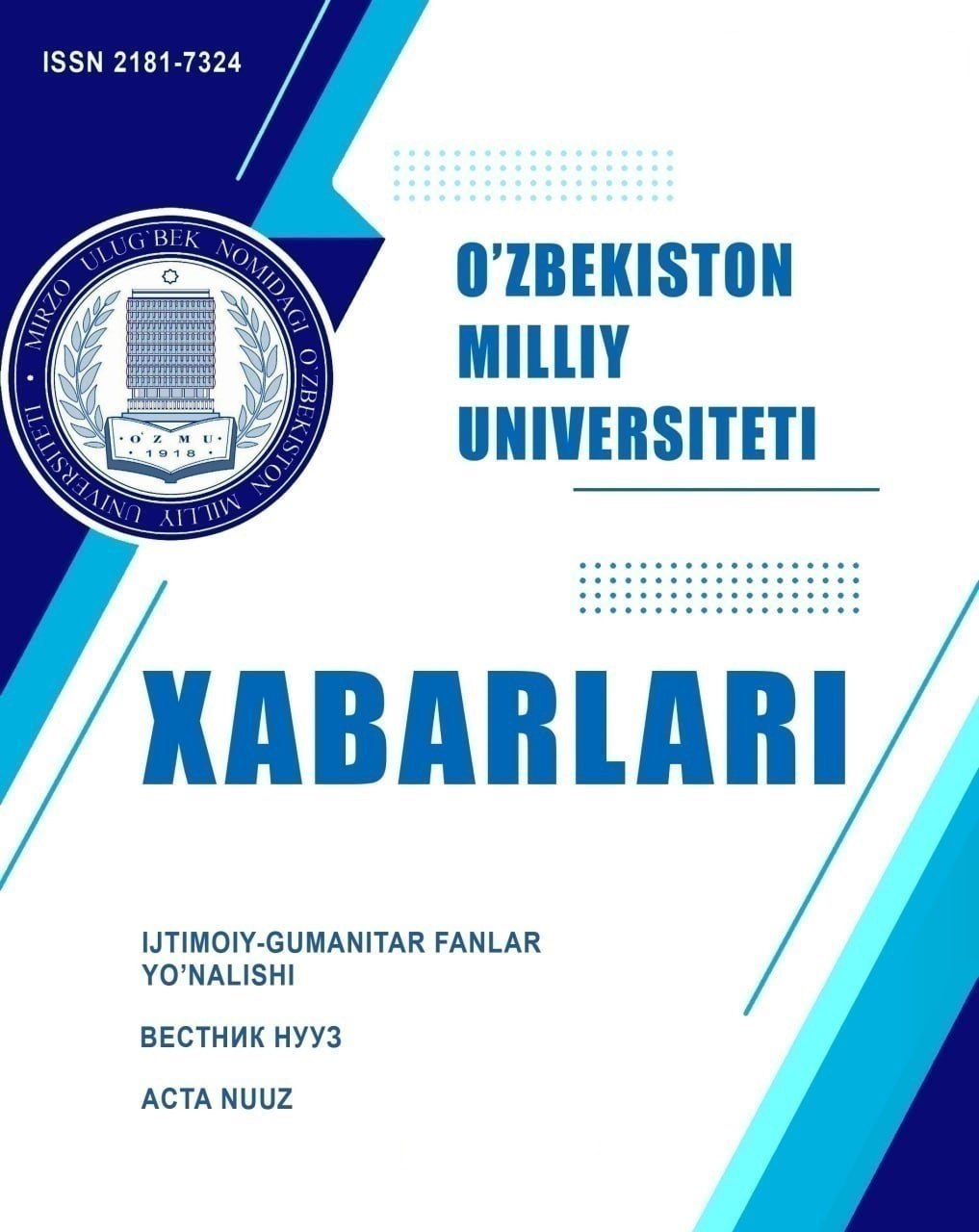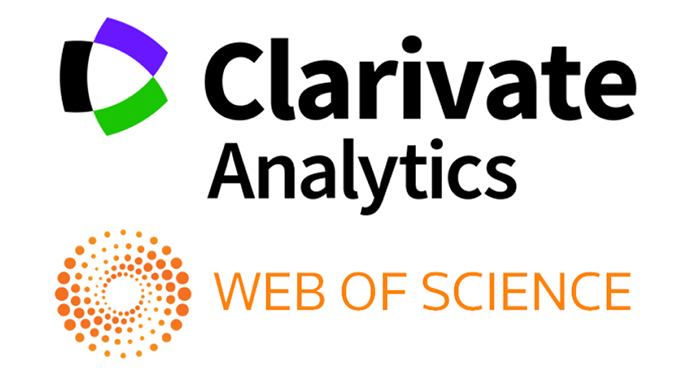METHODOLOGY OF TEACHING NATURAL SCIENCES TO STUDENTS OF GENERAL SECONDARY SCHOOL BASED ON PROJECT WORK
Abstract
In this article, the method of teaching natural sciences to general secondary school students on the basis of project work is considered. The project method is aimed at developing students' independent research skills and applying practical knowledge. Project-based teaching in natural sciences allows students to solve real problems, conduct scientific research, and develop teamwork skills. The article analyzes the main principles of the project method, its application in natural sciences and its role in increasing the active participation of students in the educational process.
References
Dewey, J. (1938). Experience and education. New York: Macmillan.
Thomas, J. W. (2000). A review of research on project-based learning. California: The autodesk foundation.
Blumenfeld, P. C., Soloway, E., Marx, R. W., Krajcik, J. S., Guzdial, M., & Palincsar, A. (1991). Motivating project-based learning: sustaining the doing, supporting the learning. educational psychologist, 26(3-4), 369-398.
Barron, B., & Darling-Hammond, L. (2008). Teaching for meaningful learning: a review of research on inquiry-based and cooperative learning. in Darling-Hammond, L. (ed.), Powerful learning: what we know about teaching for understanding. San Francisco: JosseyBass.
O‘zbekiston Respublikasi ta’lim to‘g‘risidagi qonuni (2020). O‘zbekiston Respublikasi qonun hujjatlari to‘plami, 3-son.
Krajcik, J. S., & shin, n. (2014). Project-based learning. in R. K. Sawyer (ed.), The Cambridge handbook of the learning sciences (2nd ed.). Cambridge: Cambridge university press.
Savery, J. R. (2006). Overview of problem-based learning: definitions and distinctions. the interdisciplinary journal of problem-based learning, 1(1), 9-20.
Bransford, J. D., Brown, A. L., & Cocking, R. R. (2000). how people learn: brain, mind, experience, and school. washington, dc: national academy press.
Copyright (c) 2024 News of the NUUz

This work is licensed under a Creative Commons Attribution-NonCommercial-ShareAlike 4.0 International License.


.jpg)

1.png)







